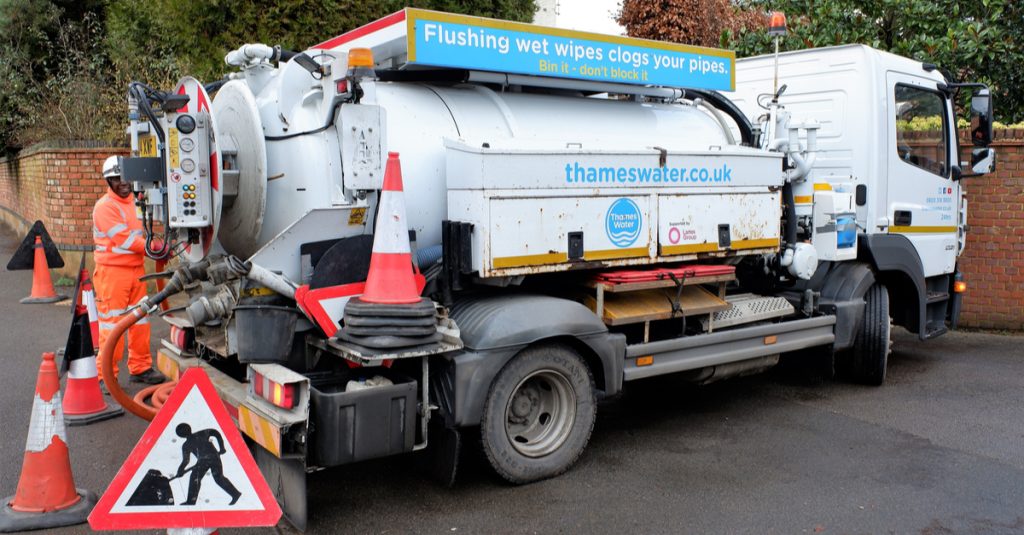
How to Protect Your Sewer and Plumbing Systems during COVID 19
As public health officials urge everyone to help stave off the coronavirus by cleaning surfaces with disinfecting wipes, water officials have seen an increase in the number of people flushing wipes, paper towels, and facial tissue down the toilet. With all the excess, plumbing pipes, sewer systems, and wastewater treatment plants are being overwhelmed. It is causing additional problems for homeowners, renters, businesses, other government and private entities, and the environment.
Why Not Flush? Most of these products are not as water-soluble as toilet paper and are only designed to be thrown out or recycled, not flushed. Even wipes that claim to be flushable shouldn’t be flushed, as they can clog plumbing pipes and sewer systems and cause back-ups and overflows at wastewater treatment facilities, creating additional public health risks amid the coronavirus pandemic.
Plumbing pipes and sewers are not intended to handle wipes, paper towels, or even facial tissue, none of which are designed to break down in the water the way toilet paper does. Therefore can easily clog these systems causing sewer back up and septic waste pipe clogging, which can cause the pipes to break or back up waste in your basement.
How do I know my toilet is clogged? Most clogged toilets are what are known as “slow drainers.” Flush water partially fills the bowl but doesn’t rush out and clean away the waste. The water level remains high, then usually drains down to standard height within a minute or two. You might not even know the toilet is clogged until you flush it.
What to do if you have a sewage backup or toilet overflow? DO NOT STEP INTO WADING WATER OR SEWAGE, especially if they’re a chance that an electrical outlet is in that area of the damage. Turn off the water valve near the impacted area. Call a certified plumber.
Like our blog? Have a look at some of our other recent posts!
- The Hard Market Cycle Change: A Primer On What It Is & What To Do About It
- Advantages of Assessing your Risks for Slips, Trips, and Falls
- Online Sales, Sales Taxes Covid and Beyond








